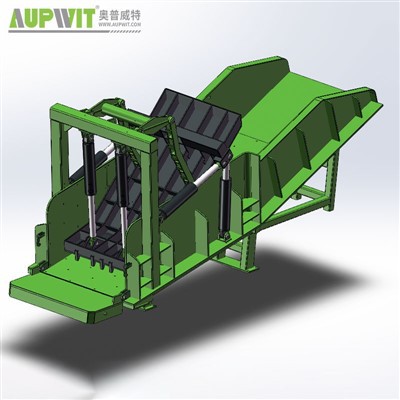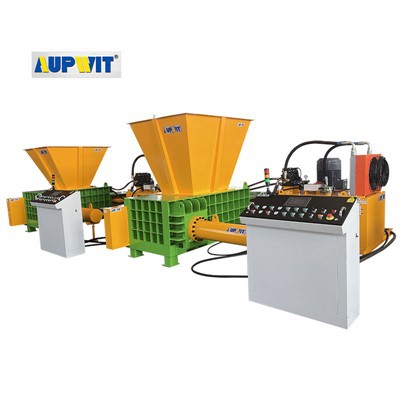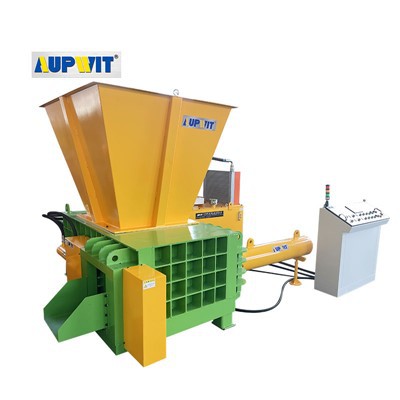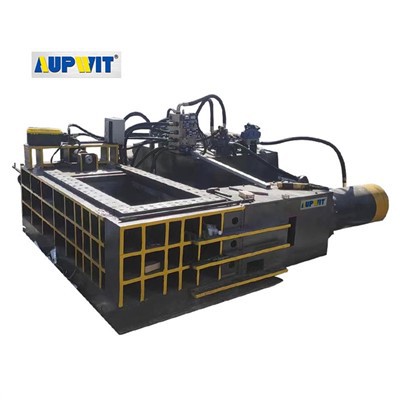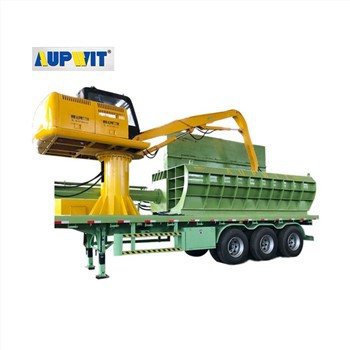Plastic Compression Machine Process
1. Raw Material Feeding and Initial Sorting
The operator feeds the plastic material to be processed into the machine through the feed port.
These materials typically include various types of plastic bottles, films, and shredded plastic.
During feeding, ensure that the material is free of visible impurities and prevent hard objects from entering the machine.
The machine's built-in conveyor gradually conveys the material into the compression chamber.
The system initially shapes the material and evenly distributes the loose plastic material.
Continuous and stable feeding is crucial to prevent material accumulation or insufficient supply.
2. Compression Chamber Sealing and Pressure Application
When material reaches the preset fill level, the feed port automatically closes, creating a sealed chamber.
The machine's power system activates, driving the compression plate via hydraulic or mechanical mechanism.
The compression plate moves smoothly along a preset trajectory, gradually reducing material space.
This pressure compresses and deforms the loose plastic material, reducing internal voids.
The machine automatically adjusts pressure level and duration based on material characteristics.
3. Automatic Strapping Mechanism Operation
After compression to compact state, the compression plate maintains pressure.
The strapping mechanism begins operation with built-in string threading device.
Mechanical grippers or knotting device complete the strapping process securely.
Precisely controlled strapping position and force ensure secure binding.
The system prevents deformation or breakage from overtightening.
4. Product Ejection and Circulation
After strapping, the compression plate returns to its original position.
The discharge port automatically opens and a pusher ejects the bundled plastic blocks.
The equipment automatically resets and the feed port reopens for next batch.
The entire process is automated by a control system.
Operators can monitor equipment status to ensure smooth operation.


